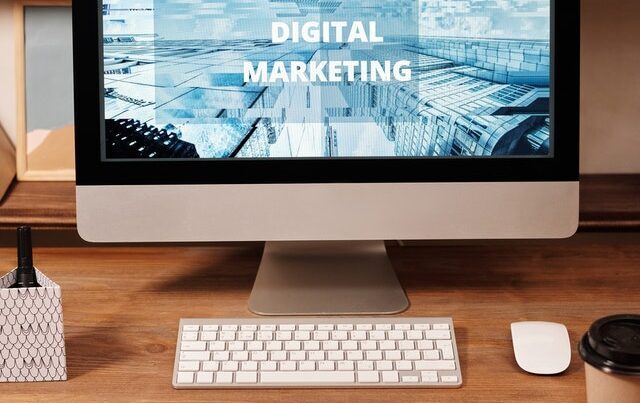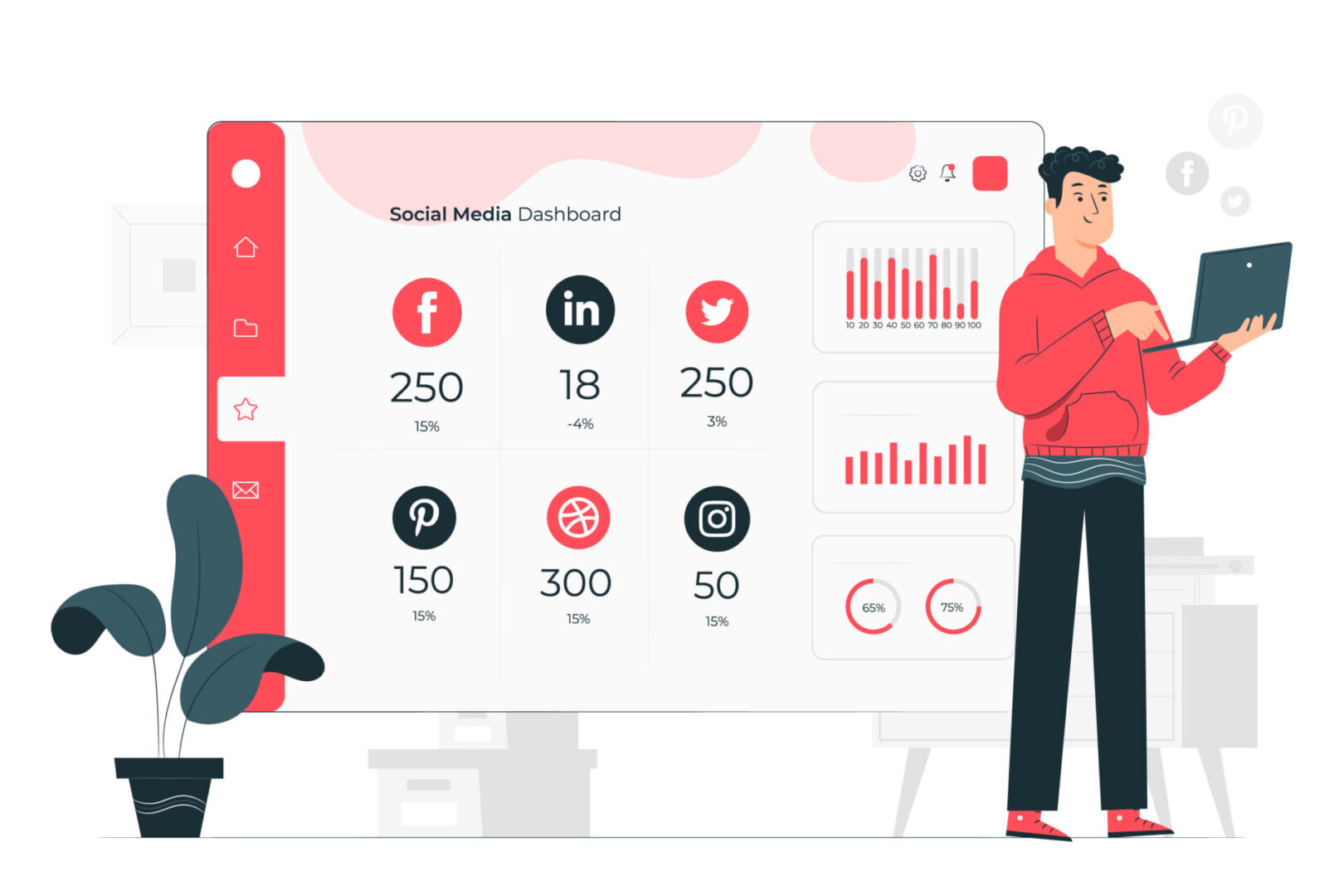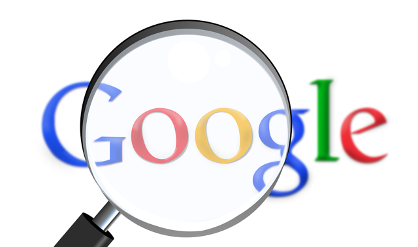How do I start an online business? – (post series/ 1.)
I would like to write a more extended series of posts on how to get started online, from figuring out what you want to do to successfully selling products or services online. This is the first post, and I hope you enjoy it!
First of all, you need to figure out what you want to do in the online space. Do you simply need a website where you present yourselves, your business? Or do you like to produce text content, videos, or even audio material, or sell products through an online shop? These products can be physical or digital. For example a classic e-commerce system where we sell, e.g., electronics, TV, radio, or we sell our knowledge a PDF, ebook, or an online video course.
Once we know what we want to do, we need to think about what our business plan will be and what our strategy is going to be.
Who is the target group? How are we going to reach them? How will we get them to buy our product or service? What advertising channels will we use? How will it all pay off? Will we make a profit in the end? Or are we just doing this as a hobby?
Let’s answer these questions.
If we have figured out what we want to do, have a strategy, a business plan, we need a website. So I will write posts about strategy, business plans, and many, many more.
How do I start to create a website?
First, you need to think about the different possibilities. There are several options to choose from, depending on your needs, the size of your company, and your capabilities.
There are several solutions, ranging from entirely custom-developed websites to pre-written out-of-the-box ones.
Suppose you want to do a completely custom development, which is usually appropriate for huge companies, because of the endless possibilities. First, it is the most expensive site type. But it is customizable from design to functionality towards backend systems.
There are website engines that are pre-written, no need to custom develop them. Essentially, we can build our website on top of these with a unique design. It could also have a cms system (content management system) to edit the content, images, and text ourselves. Examples are WordPress or Wix. WordPress is one of the most popular solutions. There is a subscription version where they practically pre-install the system; we just have to customize the design and upload the content. Then, we get web hosting, where the site physically is, and we can register a domain.
Alternatively, with the help of developers, many people just use the source code of WordPress (for free) and build a completely custom website on top of it. Both have a cost; a rented WordPress site has a monthly subscription fee. In return, you get support; you don’t have to bother with installation. If you build a custom WordPress site, there is a one-time higher cost as you have to pay the developers, and there may be a monthly support cost here too. As far as I know, Wix, for example, only works on a subscription basis. WordPress is perfect for blogs or simple descriptive and presentation websites, but you can also use it as a webshop.
What about webshops?
If you are thinking about selling things online, you also have several options to create a webshop. In most cases, there are out-of-the-box solutions, site engines explicitly designed for webshops, such as Shopify, BigCommerce, and other similar products.
Also, WordPress and Wix already have a webshop module. In case of WordPress, it is called: Woocommerce. It’s important to know that you have to pay a minimum percentage or even a fixed minimum amount for each sale with these webshop engines. Still, I encourage everyone to look into the different pricing plans. While a WordPress Woocommerce system could be free, unlike the out-of-the-box solutions, we also have to use additional plugins, for example, to bring in payment methods, which are also not for free. Everyone should look at and think about the different options and decide which one is right for them. It’s essential to know for a custom site or a WordPress site, you have the responsibility of running the site, the backend systems, making sure that the site itself is up and running. Whereas with a rented system, we don’t have to do that, just upload the products, deal with the design, manage the advertising channels, and deal with customers. If we don’t choose a leased system, everything has to be done by you or your subcontractor partner.
OK, we have our website, and it is uploaded with content. What are the next steps? Of course, if you sell something online, you have to upload the products too.
How will this whole thing work?
At this point, I should mention again that this is the first post of a more extended series of explaining posts. I would like to write separate posts about the business plan, strategy, campaign options, channels, and how to measure and optimize them.
It is crucial to measure things to see what we are doing right or wrong. For this reason, we need to have some kind of analytics system in place. In many cases, this is Google Analytics because it is a free and otherwise very well-functioning tool from Google. We can use various additional analytics systems and heat-mapping solutions to understand better how users engage with our website. We can also do a deeper focus group, A/B testing, or eye-camera analysis.
In most cases, Google analytics will be just fine in the first place. It is not enough to install it as most people think. You should configure many options in Google Analytics to use it the right way. But it will be in another post where we should talk about tracking or measurement strategy.
So we have a website, it’s loaded with content, it has a product that might be for sale, it has an analytics system behind it that measures the visitors that come there. So you know what they do on your site, whether they converted, i.e., bought, registered, or downloaded the different materials or not. So it’s worth running a couple of test campaigns first to see how the site is working. Are the users clicking where we want them to click, are they spending enough time on the site, or where they stuck?
These are the questions that we will answer with the help of Google Analytics.

What are the main sources in Analytics?
Now we should talk about from what kind of sources visitors are coming to us in the first place. For example, if we are a more extensive, more well-known brand and many people know about our brand and website, many people search for it on Google, Bing, Yahoo, or other search engines.
Or they may even type the URL directly into their browser. If the user is coming from search (not paid), Google analytics will display these users as google organic, bing organic, organic yahoo traffic. If someone types the domain name into the browser, it is called direct traffic, whereas if the user comes from another site via a link, it’s usually considered as a referral source.
You should know it is possible to uniquely identify users coming from different campaigns, to assign so-called UTM parameters to the links. We can tell analytics from which source a given user came to our website, which campaign, which creative message, etc.
This is important because we know which sources, which campaign elements worked, or what users did on our site by source. If the site and the process are correctly measured, we can see who registered or bought something on the site. It means that we can optimize our future or even ongoing campaigns.
We shouldn’t get only get visitors from paid sources, so here’s what we can do about it.
First, we need to make our website search engine friendly; this is search engine optimization or SEO for short. For Google to “like” your site and show it many times in different results, we need to be relevant for specific keywords and make several adjustments. Second, it is also crucial to produce valuable, relevant, unique content because Google will rank us higher. And also, links matter a lot. I would like to write a separate post on search engine optimization; However, I am not an SEO expert.
Nevertheless, I can summarize the most critical elements. You only need to know that solutions will help you get ahead in Google search. Still, there is no guarantee because Google is constantly changing its algorithm to ensure that it is not possible to bypass, hack the system. So it’s important to them that users get the best possible experience, the most relevant results possible.
We can further strengthen our organic presence If we have various Social Network pages, Facebook pages, Instagram pages, YouTube channels, or even if we are written about in multiple articles organically or in a paid way. Of course, building a Facebook page and a YouTube channel take away extra energy and cost, but these social sites will help us drive traffic to our site.
I would like to emphasize that in the long term, it’s essential to build the brand, customer satisfaction so that more people know us, more people recommend us to their friends, and more people come back to visit us, or buy from us.
Let’s talk a little about brand building
There are a lot of interesting articles, books about brand building. I have a post about it here: Brand building.
You need to have your brand image with a logo, slogan.
You have to know yourself, your products, and your services to answer these questions:
– Who is my target group?
– Why do they want my product?
– Why this product/service is better than others? Why is it unique? (USP=Unique Selling Proposition)
– How are they going to know about my brand and product?
– What is your mission that people can identify with themselves?
– What is your story? Nowadays, everyone needs one..:)
In the long term, potential customers can go through these steps:
(It is called a brand pyramid, you can find a lot of different of it, marketers love these charts:).)
1. Brand awareness – you have to tell people your brand is exist
2. Consideration – you need to convince them your product is an alternative for a problem or need. So when they buy a product, you should be in the TOP 3 brands to choose from
3. Trial – you have to make them try your products to have (hopefully good) impressions
4. Re-purchase – if your product is excellent, then they will re-buy it
5. Loyal customer – if they are delighted with it, and you can build trust and give them a good customer experience, they could become loyal
6. Brand ambassador – and from loyal clients, you can have those who can influence others, and they will gladly promote your products to friends and family or on social media because they love, satisfied enough with your brand
OK, how can you make them go from not knowing your brand to gladly promoting it to their friends, colleagues, and family?
It is not easy, and you need a strategy. You have to start slowly and build it up step by step.
Before the first step (Brand awareness), we need to talk about the basics and research (market research).
Who is your target group, who will buy your product or services?
Sometimes it is not so obvious. And there are some cases when you make a mistake and want to sell things for those who never even intended to buy them. Until you realize it, you have spent a lot of money and effort on them. So to prevent this mistake, you need to plan and research.
Are there any competitors who sell the same or similar products? Who are their customers? Who are they aiming at with their commercials, ads? You can check the competitor’s website and see what they show about their customers. Are they old, young? Men or women? So do a little research.
If you know the target audience, you have to ask yourself why they will buy my product? What is the USP? Why is it better than the competitor’s product? Is it cheaper? Does it have better quality? What is its feature that no other solution has?
OK, now move on to brand awareness, which is only the first step. I won’t go through the whole brand pyramid now, but I will write more about this topic from brand awareness to have loyal, ambassador customers later.
OK talk a little about this first step.
How to reach your audience?
You have lots of channels to think of. You can have offline ads: TV, radio, newspaper, etc. And also a lot of online media to use. I will mainly focus on digital solutions, but you have to listen to one thing. Which tools, media are used the most by your target group? If they are young, it’s not TV, more likely Netflix, Instagram, Snapchat, etc. So you need a list of potential channels, and then you also need to think through all the possibilities on each channel.
Some systems work with video ads which are great to communicate with the audience, but you might not want to create a video (at least at first).
Also, you should compare the different pricing methods. For example, you have to pay a lot for a fixed ad in some cases, but in other systems, you pay for impressions or reach or the number of clicks you generate to your website.
If you want to build awareness, clicks are not so important, but they are crucial if you have a promotion or want to sell already.
After that, you have to plan the campaign with all the potential costs and compare the different channels based on the estimated units and unit prices to start with an optimized plan and budget.
You also have to decide what to communicate on each channel to your audience and how do you measure success.
Tracking your online business
You can track almost everything in a lot of advertising channels like Google or Facebook ads. And also, as you already have an analytical system running on your site, you have the chance to measure the complete registration or purchase process of your site. So after (or meanwhile) the campaign, you can see the cost per result of the different channels, messages, keywords, etc.
You also need to figure out the KPI (key performance indicator) for a campaign so you can optimize for it. E.g., you have a webshop, and, of course, your final and most important goal is to sell many products or increase ROI (return on investment), BUT for that, you might have to optimize another metric, which is your KPI. For example, imagine doing a little analysis and finding out that the more users put products in the basket, the more they spend in your shop. So in this scenario, you have to optimize for “add to cart” events. It is a better KPI than a purchase also because more add-to-cart events are than final purchases, so you have more data to work with.
There are a lot of advanced analytics methods, A/B testing, heatmaps to improve a sales process, and we will talk about it later.
I hope you liked this post, and thanks to anyone who managed to read till the end.:) If you have any comments, don’t hesitate to comment.





0 Comments